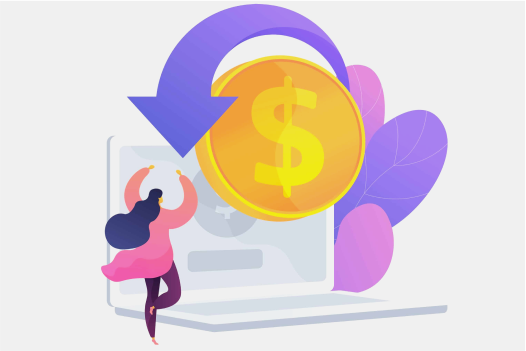The internet is no longer merely reduced to be a source of information and platform to connect with people. With the advent of advanced technology, it is hard to restrict your business within four walls. An Ecommerce website plays a significant role in your business. It is a website which allows your audience to subscribe to the services and purchase products online. E-commerce websites have served the purpose of upcoming businesses whether they are emerging or established brands. At present, an increasing number of customers is turning to online shopping. The daily experience of a customer is becoming more mobile friendly. After you have established your Ecommerce website, there is always a temptation to improve the business strategy. Let’s take a look at essential marketing tips which can enhance your business in a short span of time.

1. Create an easily navigable website
You need to ensure that the structure of your website is well-organized and customer friendly. It should be easily accessible by the search engines and visitors. This makes it easier for the visitors to search what exactly they are looking for in an organized and navigable website. The font size, call to action and infographics variants of website development can make a lot of difference. You should divide your website into categories in order to simplify the process of navigation for the visitors.
2. Promote your services and product
Merchandising the product and services of your brand can change the overall experience of online shoppers. It can boost up to ? of the sales. You should try to understand the preferences of your targeted users and categorize the products accordingly. Merchandising is all about designing your website in a way that it makes the experience of the customer memorable.
3. Choose pictures which define the products
You will be amazed to know that captivating pictures of the product drive more traffic to the website. By using appealing pictures on your website, you can actually retain the users from leaving your website. An appealing website needs to invest in amazing pictures of products and services. Capturing close details shot, different angle shots and high-quality view of a product can ensure a visitor to trust the product.
4. Embed Google Analytics in your website’s structure
If Google Analytics (GA) is missing from the structure of your website, get it fixed without any delay. Without this tool, you won’t be able to resolve the problems of your website. It provides an important data regarding the search requirements of customers on the web. Google Analytics also offers technical details which are valuable to the website designer.
5. A/B Testing
It is useless to make changes on your website without knowing its impact on your sales. The changes which are implemented should be beneficial and in order to track the benefits, A/B testing is an essential process. This testing calculate the effects on the sales after you have made the required changes. If the impact of A/B testing is positive, then, you may go ahead and implement those changes.
There are ample of ways to boost your E-commerce business. But, you may go ahead with the plan that you require for making your business successful. Investing time will definitely help you in exploring the relevant sources to emerge as an E-commerce leader. If you have any query regarding your business, feel free to contact us anytime.
Outshine Your Competition Faster
Related Blogs
We explore and publish the latest & most underrated content before it becomes a trend.
4 min read
Prepare for Google’s New Algorithm Update: Page Experience 2025
By Vibhu Satpaul
Subscribe to Saffron Edge Newsletter!

Outshine Your Competition Faster










